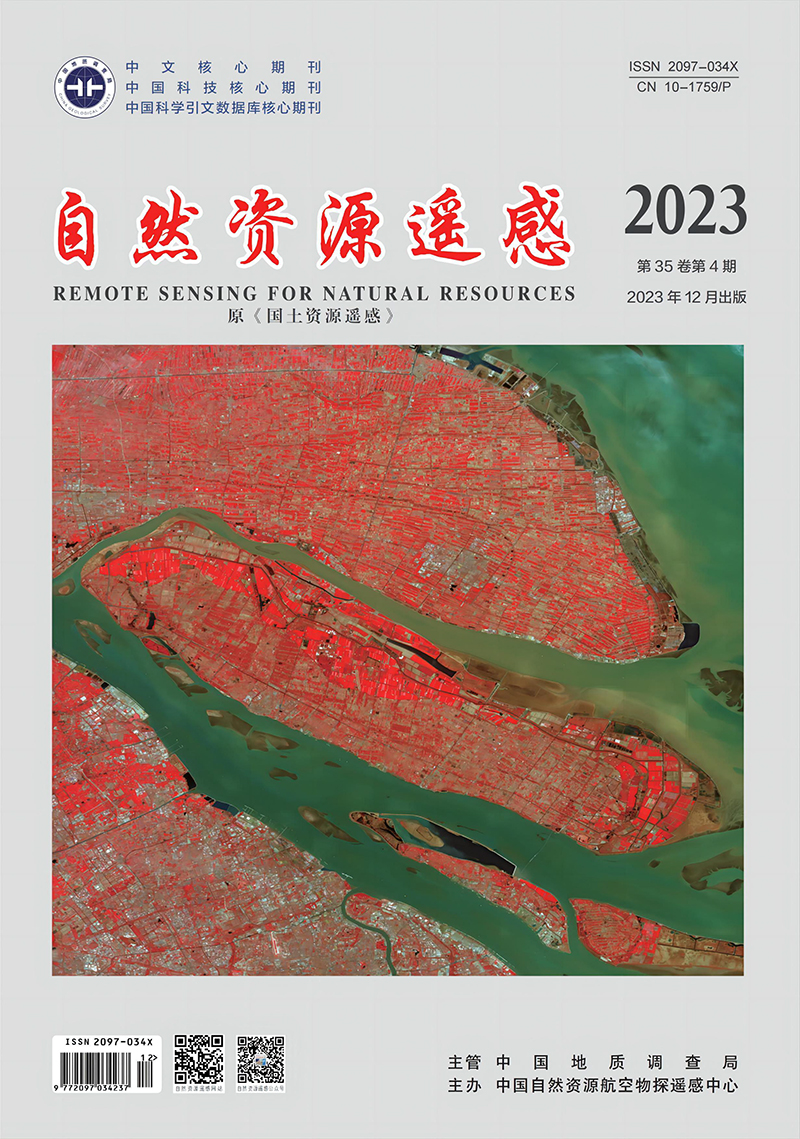TIAN Liulan, LYU Siyu, WU Zhaopeng, WANG Juanjuan, SHI Xinpeng. 2023. Changes and spatial conflict measurement of land use in Urumqi City. Remote Sensing for Natural Resources, 35(4): 282-291. doi: 10.6046/zrzyyg.2022341
| Citation: |
TIAN Liulan, LYU Siyu, WU Zhaopeng, WANG Juanjuan, SHI Xinpeng. 2023. Changes and spatial conflict measurement of land use in Urumqi City. Remote Sensing for Natural Resources, 35(4): 282-291. doi: 10.6046/zrzyyg.2022341
|
Changes and spatial conflict measurement of land use in Urumqi City
-
1. School of Geographic Science and Tourism, Xinjiang Normal University, Urumqi 830054, China
-
;2. Laboratory of Lake Environment and Resources in Arid Region of Xinjiang, Urumqi 830054, China
More Information
-
Corresponding author:
WU Zhaopeng
-
Abstract
Identifying land use conflicts holds critical significance for sustainable socio-economic development and ecological civilization construction. Since Urumqi City is situated in the core region of the Silk Road Economic Belt, investigating the causes and manifestations of its land use conflicts arising from urban development, oasis agriculture, and ecological environment becomes an urgent and necessary task. With Urumqi as the study area, this study analyzed its land use characteristics in 2000, 2010, and 2020, as well as those in 2030 simulated from the FLUS model. Based on this analysis and the pressure-state-response (PSR) model, a land use conflict intensity measurement model was constructed to evaluate the land use conflicts over the four periods. Finally, a geographic detector was employed to quantitatively analyze the factors driving land use conflicts in the study area. The findings indicate that: ① The land use between 2000 and 2030 exhibited significant spatial differentiation, showing increased construction land, forest land, and water areas, but decreased grassland, arable land, and unused land; ② The comprehensive indices of land use indicate low to medium utilization degrees but an overall rising trend, suggesting land use in a development stage; ③ Significant spatial changes occurred in land use conflicts between 2000 and 2030. The conflict-free and mild conflict zones occupied the largest proportions, the moderate conflict zones showed normal distributions, and severe and high-level conflict zones increased annually, with the highest increase observed in high-level conflict zones; ④ From 2000 to 2010, the hotspots of land use conflicts were distributed primarily in the north and southwest of the central urban area. From 2010 to 2020, they spread to the periphery of forest land in the southern and northern mountainous areas, and the areas near the alluvial fans on both sides of the salt lake in the Dabancheng District. From 2020 to 2030, the hotspots are still mainly located around the land for construction and near the forest land in mountainous areas but significantly decreased in the mountainous areas; ⑤ As demonstrated by one-way influence analysis of spatial differentiation drivers on land use conflicts, the influences of factors are in the order of patch density > population density > GDP > slope > elevation > distance from districts and counties > distance from rivers > distance from roads. Additionally, the interaction detection analysis indicates (patch density ∩ elevation) > (patch density ∩ average land population)>(patch density ∩ distance from roads). This study serves as a reference for effectively managing the conflicting demands between economic development and ecological conservation in Urumqi and enhancing the future land use composition.
-

-
-
Access History







 DownLoad:
DownLoad: